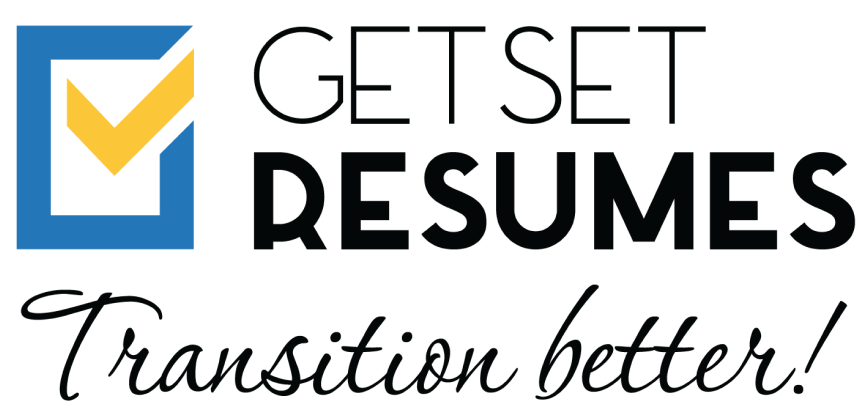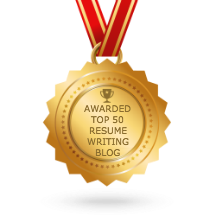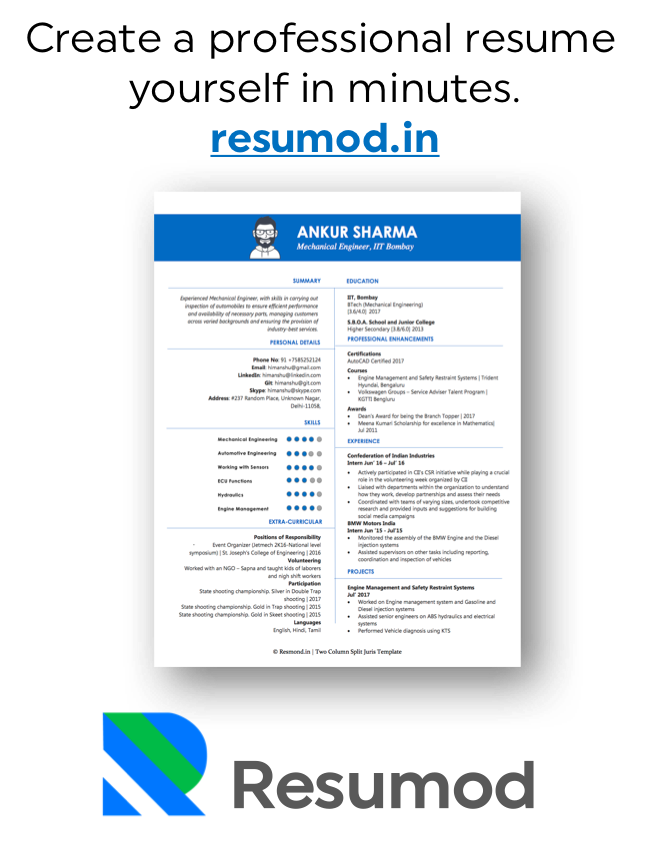Time and again a new research surfaces talking about how much time recruiters spend looking at a resume. When we started our resume writing service 2 years ago, the time was pegged at somewhere between 37-40 seconds; 2 months ago a new report put this time spent at a paltry six seconds. Yes, 6 seconds only. Well, the report which tracked eye movements and prepared a heat map is itself very interesting. Below is a snapshot of the resumes the report quoted.
The one on the left was prepared by a job seeker; the one on the right by a professional writer.
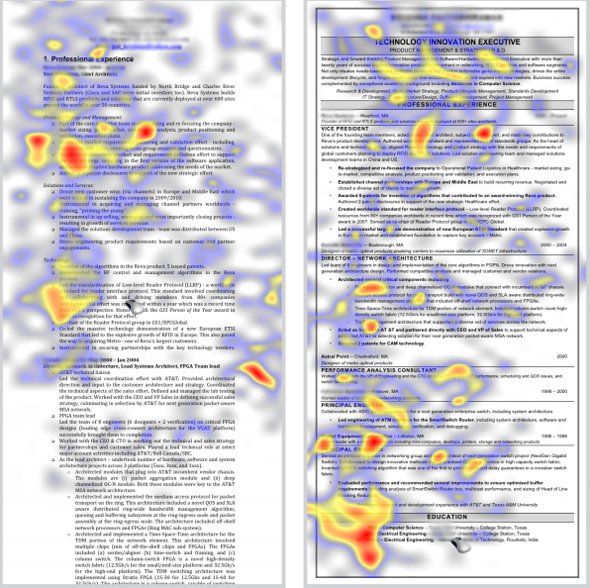
Notice how easier it is to locate sections in the professionally designed resume. Also, the cumulative heat score of a professional resume is much more than the amateur one.
The actual resume report, says that of the 6 seconds that recruiters or employers view a resume, 80% of the time is spent on viewing the following data points
- Name
- Current title and company
- Current position start and end dates
- Previous title and company
- Previous position start and end dates
- Education
If the resume looks interesting, it is the keywords that are scanned in the remaining time – keywords relevant to the profile/position which is being filled. Then, a decision to call the candidate for an interview is taken.
In addition the study also found that on a scale of 1-7, recruiters gave professionally re-written resumes an average rating of 6.2 for “usability.” The eye-tracking technology found that unorganized resumes took a mental load on the recruiter while Professional resumes had less data, were evenly formatted and were described as “clearer.”
What does this mean?
One thing definitely, that as candidates, you have very little time to impress employers. The resume, therefore, has to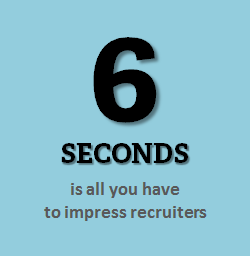
- be exactly to-the-point
- contain relevant and important keywords
- stress on accomplishments
- be visually appealing and structured so that information can be sought easily
As I said above, of the two resumes shown, the one on the left has long paragraphs and pretty heavy text with no demarcation of sections. The one on the right though has text in bullet points, good use of the empty space, clearly visible sections with noticeable dates, designations, a border and a good headline. Needless to say, it has a high heat score and would be a hit among employers.
Formatting matters
Though six seconds sound less, they probably aren’t. Initial screening would take too much time if recruiters start reading every resume they get, which run to about hundreds for a single position, especially if you are in a country like India! When recruiters target candidates with specific requirements, it is not a difficult job to reject or select a particular resume just by looking at it. All that is needed is a focus on the 6 points mentioned above and some specific keywords. Of course, the resume has to be structured properly so that all these data points are found! After all, employers will never want to get lost in a maze of words.
Now apart from the usual keywords in your resume, there are two things which can make it stand out from the rest
- structure or a visible format
- on-the-job accomplishments
Structure or Format
Format does not mean bold facing or highlighting. A format means regularity, throughout. When your resume is formatted, it follows the same style, same representation and similar location of information throughout the pages, so it becomes easier for the reader to locate information. That is the only difference between a structured and an unstructured resume.
- Easy location and identification of sections
- Easily visible dates
- Similar fonts and sizes for similar data points
We stress on tabular formatting because tables are as structured as anything can be. A regularly spaced table with optimum number of rows and columns and standard height can make any piece of information stand out from the rest. Of course the entire resume cannot be put inside a table, but tables help separate information and make it visible.
On-the-Job Accomplishments
Accomplishments are job responsibilities but less wordy and more impactful. Consider the two lines
- Managing entire accounts for ABC Corp, performing Account Management involving all activities from Opportunity Assessment, Business Development, Technical and Commercial Compliance, Sales and Revenue forecasting, and managing Financials
- Involved in managing PAN-India sales & accounts for the past 10 years; average revenue of over USD 60Mn per annum; successive Best Contribution Awards for the past 5 years
Which of the 2 lines would you want to read? Obviously, the second one. Reason: it is less wordy and has numbers which catch your eye.
Needless to say, accomplishments should always be mentioned in the resume at an appropriate location. Recruiters may skip reading your job responsibilities, but will always read your achievements on the job.
Conclusion
Writing a good and noticeable resume is not easy, but it is not difficult either. If you put in some hours for a few days, you can easily churn out a resume which will attract interview calls from all employers. The key is to focus on what profile you wish to apply for and which skills you need to highlight. And of course, a good format.
If you still need help or do not have the time, you are always welcome to get in touch with our professional writers 🙂 Did we tell you that our writers have over 20 years of experience in writing resumes?
